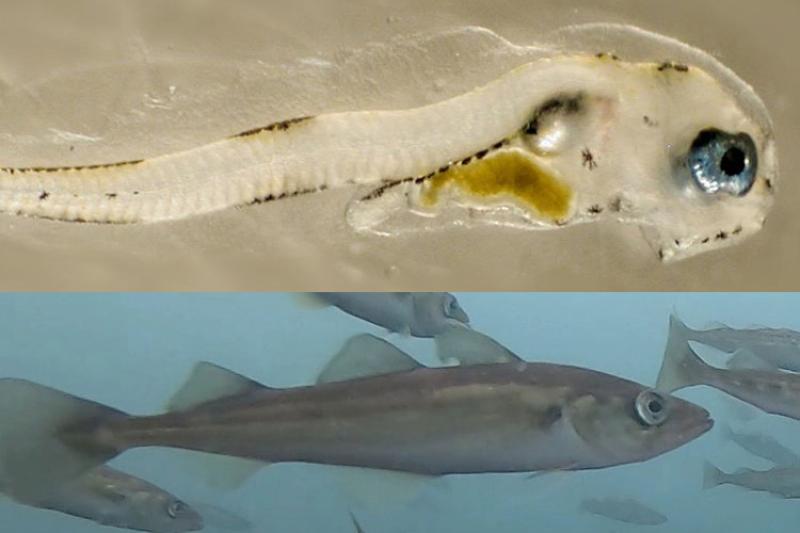Climate-driven changes in the timing of pollock spawning and migration can affect the timing of when fish aggregate in areas where surveys are conducted to monitor their abundance. This can affect survey estimates. It also complicates efforts to assess pollock stock status and sustainably manage fisheries because survey estimates are a data source for preparing annual stock assessments. However, NOAA Fisheries scientists have developed a new method to address climate-driven mismatches in survey timing and when fish gather to spawn. This has helped to improve the accuracy of Alaska pollock population estimates.
“Climate change is causing fish and other species to shift their distributions and behavior in response to warming ocean conditions all around the world,” said Lauren Rogers, fishery biologist and lead author of a new paper published today in ICES Journal of Marine Science. “We now have a new tool to support climate-ready fisheries management.”
Collaboration Across Scientific Disciplines Led to Success
From 2017 to 2019, scientists saw different trends in the pollock estimates collected in Alaska Fisheries Science Center surveys in the Gulf of Alaska. Some surveys showed declines in biomass, while one other—the Shelikof Strait acoustic-trawl survey—showed a steep increase. This annual winter acoustic-trawl survey is designed to measure pollock abundance when the fish gather to spawn.
Rogers teamed up with survey scientists and the scientist who produces the annual Gulf of Alaska pollock stock assessment. They explored what may be causing the differences in abundance trends in the surveys.
“We got talking and wondered if changes in spawn timing could be affecting the Shelikof Strait survey estimates,” said Rogers. “Together, we explored how to account for these changes and what could be done to ensure the accuracy of the assessment."
This involved pulling together information about how spawning changes across years. The scientists looked at spring larval surveys and observations of spawning state in mature female pollock. They found that changes in spawn timing relative to survey timing explained a significant portion of recent and historical discrepancies between survey and model estimates of biomass.
They also found that estimates of biomass from the survey tended to be relatively higher when the survey was closer in timing to estimated peak spawning. From there, they were able to develop a time series of relative timing that could be incorporated directly in the stock assessment. In doing so, the assessment model fit to the winter acoustic survey data was significantly improved.
This work was informed by Rogers’ previous studies examining data collected during larval fish surveys over the past 30 years. She found that the timing of pollock spawning varies by as much as a month depending in part on ocean temperatures. For instance, when temperatures are warmer, spawning happens earlier.
“It’s particularly exciting to demonstrate the value of having long-term surveys to assess the abundance of larval and juvenile fish,” said Rogers. “As we are faced with challenges posed by ocean warming and marine heatwaves, having an understanding of fish abundance, trends, and climate-sensitivity across their life stages is invaluable for helping us proactively plan and prepare for an uncertain future."

